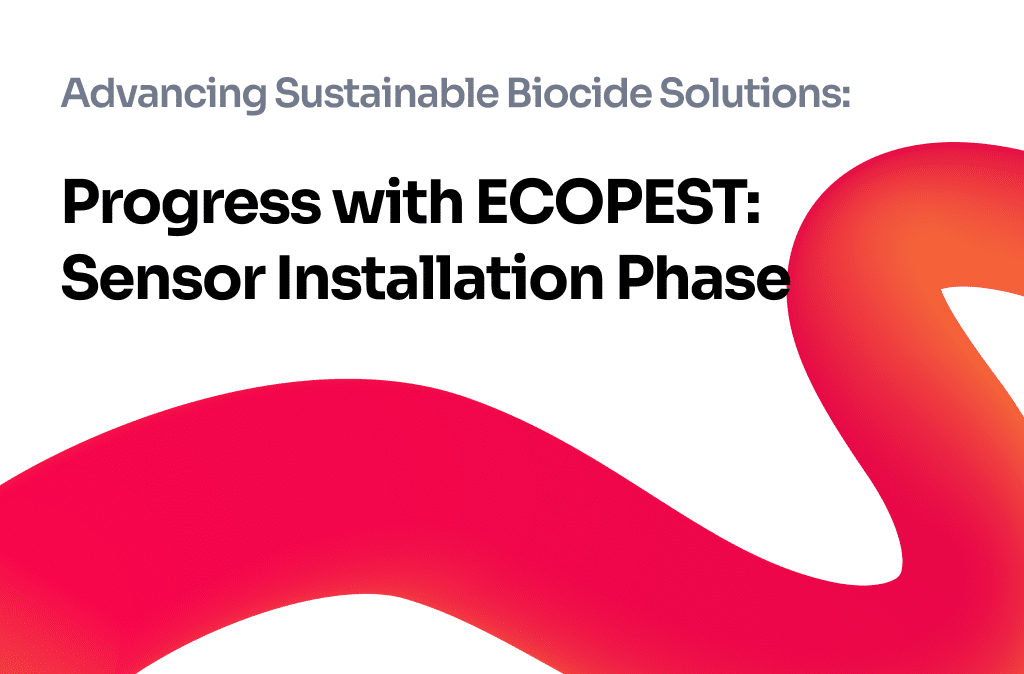In the previous article, we discussed development outsourcing and its types: out staffing, managed teams, and custom software development. Today our colleague Mariam Rustamyan, Business Analyst at CactusSoft, continues this topic and will present you with two common types of contractual agreements: Fixed price and Time and material. This overview can be handy when you want to set up a development partnership and need to choose a proper collaboration format.
As an introduction, let’s recap on elements that need to be managed during each project, so should be reflected in the agreement:
- Scope: the set of activities that are necessary to reach the project’s goal
- Time: the project schedule.
- Cost (budget): the financial limitation of the project
Scope, time, and cost are variables that influence each other, fluctuation of one can provoke changes in the others.
Additionally, we would like to stress the following 3 elements, which are also crucial and should be considered as the very core of the project:
- Quality: criteria and metrics to which tangible or intangible output should match.
- Risks: a potential event that can happen and influence the normal flow of the project.
- Benefits: some advantages or profits that the sides will get.
As you can guess, all mentioned elements will directly influence the type of collaboration, so think consciously about them while you are contracting to outsource development partners.
To finalize the introduction, we would like to give a definition of each of the 2 types of contracts we will talk about today.
- In a fixed price contract, all 3 constraints, scope, time, and budget are pre-agreed and fixed. In general, this type of contract is anticipated with a discovery phase. It allows us to define the scope in detail and uncover most risks. Based on that, the budget and timeline are fixed.
- In a time and material contract type, certain parameters are fixed, namely the cost of all involved resources, and the cost of certain tools & materials. The scope is defined but not fixed, so budget and timing are not carved in the stone as well. In some cases, a maximum budget or final deadline can be defined, which can lead to certain choices being made to safeguard the budget or schedule
Fixed price approach overview
The Fixed price approach is quite a strict way of working. This has its own ups and downsides. Let me point your attention to some of them.
The first positive thing is that, as the budget is fixed, you can plan your overall yearly budget and cash flow upfront. In the second place, you have an exact project end date. It is so helpful for strategic planning, especially if there are some dependencies! For example, if you want to have some market activation before the project launch, a fixed-price contract, allows planning upfront, even without waiting until the end of the development. Finally, this project type requires less client-side management efforts on budget/timeline follow-up. As the project outputs are pre-agreed, exact delivery is under the responsibility of the development company. For example, in CactusSoft we use various tools like Bottom-up budgeting, Burn-down charts, Cost-control and optimization etc., to meet the budget and deadline.
Unexpected situations, like drastic market changes, may arise. In fixed collaborations, change requests are the sole resolution for deviations. However, this lack of flexibility results in a stringent change request procedure from the project’s outset, leading to high costs and increased time and administrative efforts. Notably, significant scope changes pose a risk of budget and schedule overruns, with potential unlimited penalties. At CactusSoft, we mitigate risks through an agile work style. We often recommend the Time & Material with CAP project approach to enhance adaptability.
Discussing the specifics of fixed-price projects, it’s crucial to highlight the necessity of a discovery phase. This phase, essential for defining scope and risks, can either be on the client’s side or collaboratively with the development partner (incurring a fee). Following the discovery, the scope, budget, and plan are set through negotiations. Failing to establish quality requirements during this phase poses a substantial risk, potentially leading to customer rejection, and forcing the vendor to make costly fixes and pay penalties.
Unfortunately, the discovery phase, involving various business and technical roles, can be time-consuming and expensive. It results in detailed requirements and, often, prototypes or designs. Despite the upfront investment before project commencement, this expenditure proves valuable. Even if the client decides not to proceed, the insights gained help identify risks, preventing further losses and potential frustrations from an incomplete project.
Time and Material Approach Overview
The Time and material (T&M) approach emphasizes flexibility. It allows for scope changes during project implementation, making contract negotiation and creation simpler and reducing associated costs. Unlike fixed-price contracts, T&M projects don’t require an extensively detailed scope at the project’s outset, skipping the need for a separate discovery phase. This accelerates project initiation. Moreover, T&M facilitates quick resource additions without lengthy negotiations or contract changes, expediting development. Importantly, the customer’s cost for the same work is typically lower than a fixed-price contract, as risk mitigation is not bundled into the price.
An additional concern is the uncertain timeline in Time and Material contracts, leading to potential resource allocation challenges and productivity loss. At CactusSoft, we address this with on-demand resource planning and specialist buffers. Another less apparent issue is the need for a high level of trust in T&M collaborations, as low trust levels can elevate the risk of disputes during project delivery or acceptance.
Ensuring a well-defined collaboration approach at the project’s outset is crucial to avoid incorrect deliveries and subsequent disputes. It’s also vital to understand the business organizations on both sides and identify responsible individuals. Unclear organizational structures can impede quick escalation and early problem resolution. To mitigate this risk at CactusSoft, we emphasize the role of robust project managers who oversee scope, price, and budget and act as a bridge between the client and the project team.
Conclusion
To resume the conversation about these 2 contract types, let me arm you with 2 small checklists, that will simplify your decision on what type of collaboration to choose.
Read the points below. If you can put checkmarks in front of the majority of them, then a fixed-price project is your best option.
- The scope is very clear and well-defined, no changes are expected.
- Based on this scope, it is possible to estimate the work amount and duration precisely.
- The acceptance procedures and acceptance criteria can be explicitly agreed upon by both sides.
- The risk is defined as risk and deviation scope is limited.
- The complexity of the project is rather low.
If you can put a checkmark in front of the following point then choosing a Time and Material approach is more suitable for you:
- There is not enough information available to define the scope at the start of the project.
- Changes in requirements are expected.
- The complexity of development is rather high.
- The risks cannot be identified clearly.
In conclusion, this article has explored two commonly used project approaches, Fixed-price and Time and material contracts, aiming to clarify their specific applications. The next article will delve into detailed examinations of Time and Material with Cap, Fixed Price + T&M, Fixed Fee (T&M) with Incentives, Risk Rewards and revenue, and Shared Risk contract types, each tailored to specific cases.








